Teror is a town in the midlands to the north of the island of Gran Canaria, around 20 km from the capital, once of the most ancient settlements on the island.
Quintessential pilgrimage spot for over five centuries, the town of Teror is highly symbolic for the islanders as it is home to the Basílica a la Virgen del Pino. Our Lady of the Pines is the patron saint of the Diocese of the Canary Islands and a religious reference point for generations of Canary folk.
Considered to be one of the prettiest villages on the island, don’t leave Gran Canaria without visiting the cobbled streets of its old town adorned with traditional balconies, the square of Our Lady of the Pines or the Basilica, declared a national historical-artistic monument and Site of Cultural Interest.
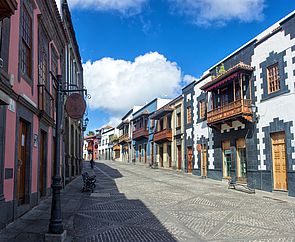
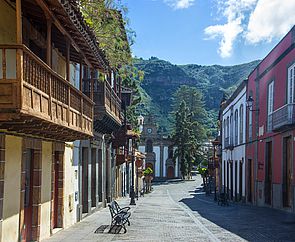
Founded back when Our Lady of the Pines made her appearance in 1481, Teror is a village with origins dating back way before the conquest of the island. Declared a ‘villa mariana’ (holy town) in the late 16th century, its old town houses some of Gran Canaria’s most important religious, architectural and cultural heritage.
This religious and social aspect has seeped into its beautiful streets, squares and monuments. In April 1979, the area around the Basilica was declared a Historical-Artistic collection.
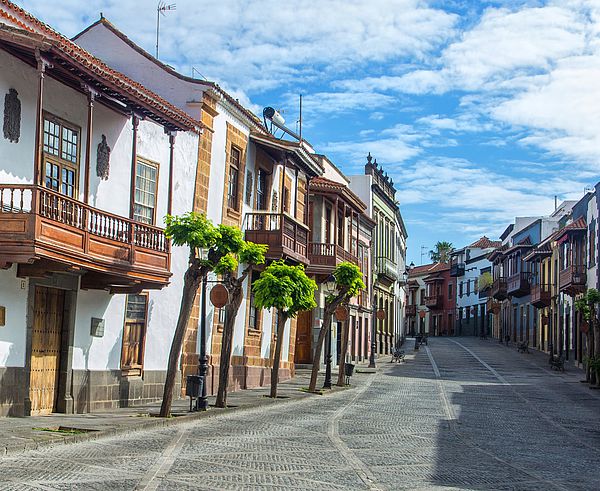
La Plaza de Teror (town square) is the beating heart of the town, witnessing the most important events in Teror. Standing in the square, you get a great idea of typical Canary architecture from the balconies decorating the homes round-about. It is a spacious square that leads to the Basilica and the main area of the historical old town, that we’d recommend exploring on foot to really appreciate all its charms.
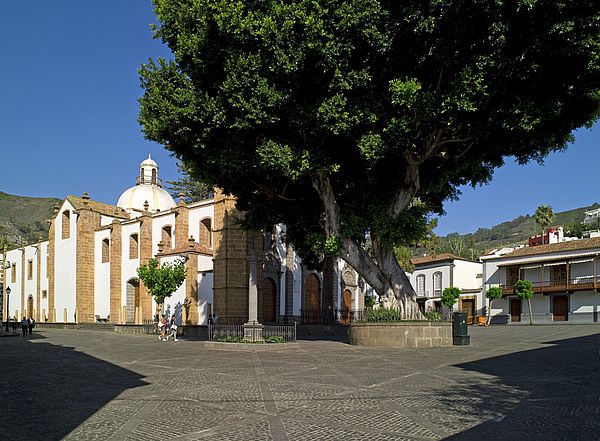
La Calle Real is the main avenue that runs from the town entrance to the Plaza de Nuestra Señora del Pino, where you’ll find the Basilica. It is a cobbled street, lined with houses that all boast characteristic Canary balconies.
It's also a traditional shopping street, still home to some of the town’s oldest shops.
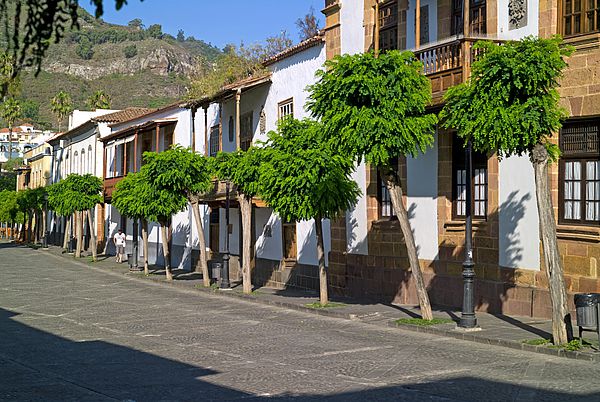
Next to Calle Real, La Alameda is another busy spot in the town. Its origins go back to an esplanade in front of the Episcopal Palace, renovated in 1981.
As the town’s main meeting point and outdoor leisure space, this square is currently used for various cultural celebrations, and it is a popular spot among visitors as they stroll through the old town.
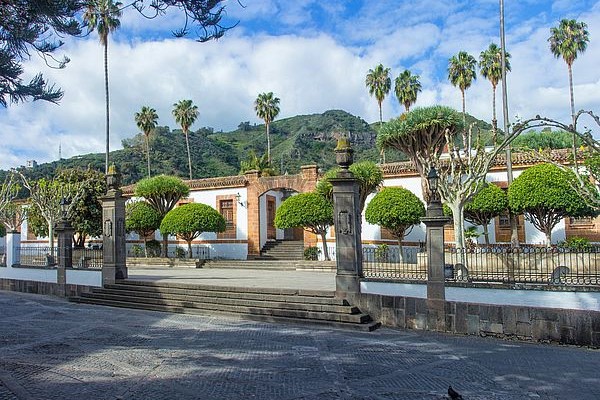
You can’t visit Teror without taking a look at its Basilica. It stands next to the Plaza de Nuestra Señora del Pino and its construction began in 1767 although it has been restored on several occasions since then, between 1968 and 1969.
Its facade comprises three doors and two side entrances giving visitor access, particularly the day before the festival in honour of Our Lady of the Pine, patron saint of the island whose image is housed inside the Basilica.
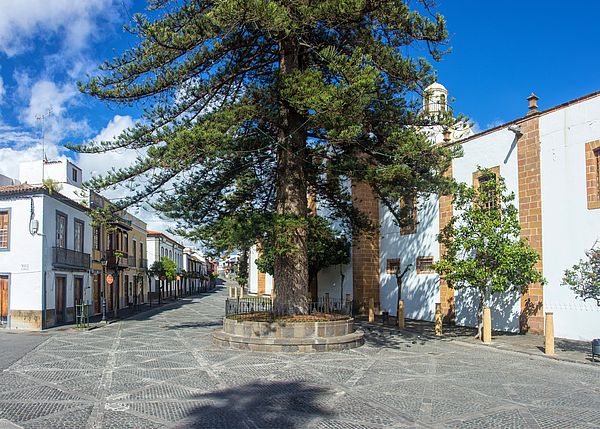
The image of Our Lady of the Pine is the most valuable item in the Basilica of Teror, not only for its significance but also due to its great age (tradition states that it was discovered on 8 September 1481).
Behind the High Altar, there is a small shrine or Camarin, which holds several offerings in the forms of dresses and jewellery donated by the faithful, a sure sign of popular devotion to the Virgin and an example of the local embroidery and artisan gold-work.
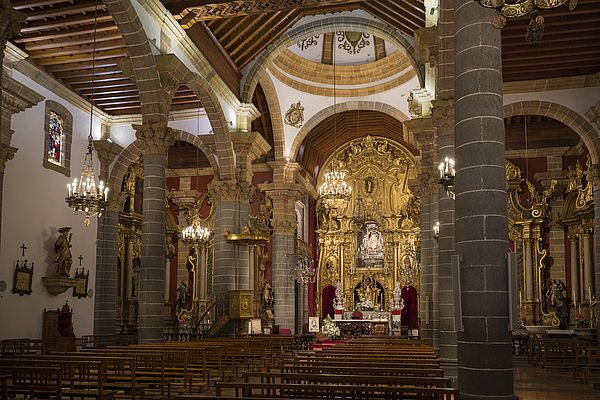
On the outside of the Basilica, you will spot the Bell Tower, popularly known as the “La Torre Amarilla” (Yellow Tower). Opened in 1708, this is one of the few architectural elements remaining from the previous place of worship, which preceded this building.
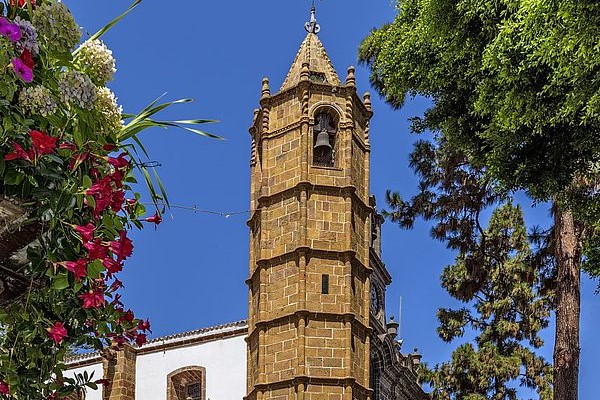
Close to the Basilica, you’ll find Plaza Teresa de Bolívar, built in 1953 in memory of the wife of the American liberator and whose great-grandfather, Bernardo Rodríguez del Toro (Marqués del Toro) was born in the village of Teror. This square is the work of Canary artist Néstor Álamo, imitating colonial architecture, and a bust of Simón Bolívar can be found here.
The Cister Monastery is also closely linked to Teror. Its origins go back to 1882, when construction work began, and the first centenary of this convent was celebrated in 1980. The nuns who live there are well known in the village.
The Cister Convent sells typical Canary cakes and sweets such as buns, truchas (turnovers), marzipan figures or aniseed rings.
The town of Teror is closely tied to religion. In the old town, you can visit la Cruz de los Caídos (the Cross for the Fallen), the Episcopal Palace, the Dominican Convent (at the foot of the Pico de Osorio) or the Church of the Sacred Heart of Jesus (in los Abejales).
Behind the Basílica del Pino, to one side of the Plaza de la Alameda, you’ll find Teror Town Hall. This building was purchased in 1909 to house the public school, although it was eventually used as the Town Hall.
Until the late 1980s, all municipal services were run from this building, but from the 1990s and due to expanding Council services and functions, several offices had to be opened outside the original Casa Consistorial building. It currently houses the Equality department offices and plenary sessions take place there.
The Fuente Agria is one of the most emblematic spots in Teror. Located in the Ravine, less than a kilometre from the old town, its spring water has supplied the village for centuries, as one of the main sources of natural wealth in the town.
Since 1982, a municipal company has overseen bottling and selling Teror's spring water although many locals still visit the spring with bottles.
The town of Teror has several paths and protected spaces in an extraordinary natural setting, perfect for anyone who loves hiking and nature. Pino Santo, an extraordinary beauty spot with great ecological value; the Doramas Natural Park, home to the Azuaje and Moya Ravines; the Finca de Osorio, where you’ll find the Nature Classroom offering guided tours or the Caldera de Pino Santo, which is a volcanic crater half a kilometre wide.
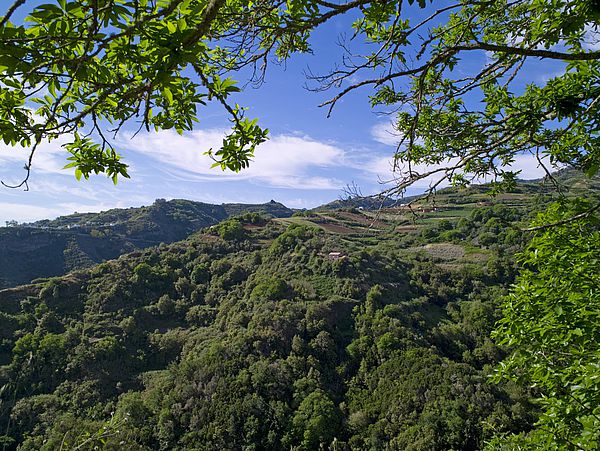
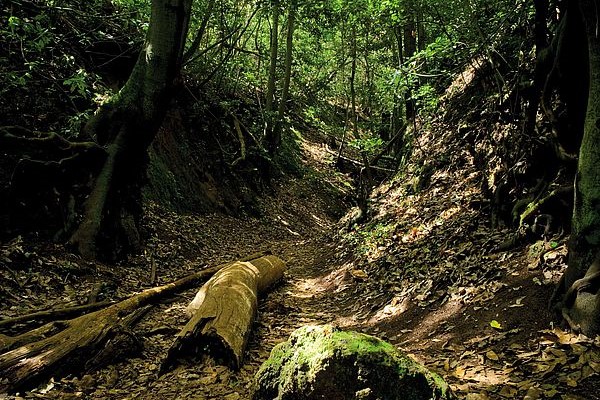
Every Sunday from 9 am to 3 pm, hundreds of locals and tourists flock to Teror’s Basilica and its surrounding area for the market. Running for over 200 years, this is one of the oldest travelling markets in Gran Canaria.
This market is one of the most popular on the island, boasting clothing, Canary Island crafts, fresh local produce, typical desserts and excellent cuisine.
Opening hours: Every Sunday from 9 am to 3 pm.
Address: Around the Basílica del Pino and Plaza de Sintes, 35330. Teror.
Teror is one of those towns where traditional Canary Island cuisine takes on special relevance. With a strong baking tradition, the town of Teror has always been the home of Gran Canaria’s typical desserts. The Cister Convent or the famous Dulcería Benítez sell truchas (turnovers), marzipan figures, buns, pastries or sponge cakes, desserts made by hand to delight young and old.
However, there can be no doubt that Teror’s star product is its chorizo and sweet black pudding, a unique gastro-speciality that is popular throughout Gran Canary, all the islands and among tourists. These hand-crafted chorizos and black puddings are characterised by their combination of flavours (smooth, sweet and spicy), with a pleasant mixture of spices, making it a very popular product in the Canary Islands. So, if you come to Teror, be sure to get a taste of its famous chorizo.
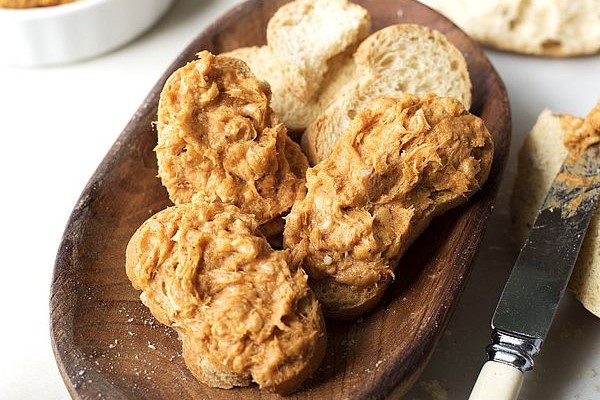
Download leaflet / Map of Gran Canaria / Audio-guide
Fiestas del Pino: the Festival of the Pine is the largest festival in Gran Canaria in honour of Our Lady of the Pine, Patron Saint of the Diocese of the Canary Islands. It takes place every 8th September although the commemorative events run all month. The Festival of the Pine turns Teror into a pilgrimage hub mainly between 7th and 8th September, as pilgrims arrive on foot from all over the island.
Teror Tourist Office: Calle Real de la Plaza, 35330. Teror.
Phone: 928 613 808
Website: turismo.teror.es
Opening hours for the public: Tuesday to Sunday: from 9:30 am to 4:30 pm.
Where to sleep: Your accommodation in Teror.